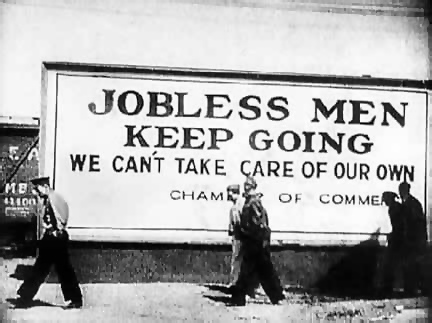Article Contributed by Tami Stodghill
If your goal is to make a million dollars, then you mastermind with millionaires. If your goal is only to make $50K a year, then align yourself with people who make $50K a year. It’s true. There is a reason those people who are immensely successful are. They are involved with quality products, in a growing company, with people who are interested in changing other people’s lives as well as their own. And in doing that, they continue to experience success. Is that always the case? No but then those people that are in it to line their own pockets exclusively sometimes tend to burn out quickly and find their prospects drying up over time. They aren’t in it for the right reasons. It’s that simple.
When we got into this business, it was our goal to just replace our income we had in our jobs so we could quit. We didn’t hate our jobs, but we were working 50+ hours a week, taking no vacations or holidays to speak of and were pretty much capped out on income. We knew that we would be “stagnant” so-to-speak and that we wanted to change and improve our lives. The couple who introduced us to our opportunity were genuinely supportive, supplying the information we needed to make an educated decision as to whether it was right for us. There was no pressure and our endless questions didn’t tire them or make them eventually avoid our calls. See they knew we had family, and responsibilities and were nervous about making such a substantial change in our lives. And they guided us through that change, helping us to realize our dream. Did that change their lives? Sure it did. But it did so as a result of offering us the ability to change ours.
When my husband and I return a call to a prospect that has contacted us in response to our marketing efforts, we stop and always take a moment to remind ourselves that we need to help that prospect find out if what we can offer them, in the way of a business opportunity, will assist them in changing their life. Because it’s a fact that any prospect that contacts you is looking for something. Some will be looking for something they can start immediately and make an income as quickly as possible. For them it is time-critical. Maybe they lost their jobs, or are losing their home, or have mounting medical bills or can’t afford daycare to work outside the home. But others are just looking to add income or change jobs. For them, the urgency isn’t there. However, they ARE looking for something or they wouldn’t have contacted you. It’s your responsibility to find out if your opportunity will help them find that something.
The opportunity we decided on was based on several factors. The product was timely for sure. It offers a program to help people eliminate debt, create wealth and change their lifestyle. Plain and simple. And we knew in today’s economy we would be able to offer people a solution that would, if they followed the program, do just that. But we also knew that the company was very interested in their consultants, welcoming input and involving them in day-to-day training and tools to help those consultants continue to experience success. Every company should be of that mindset. It’s good business and it’s recognizing that it takes good people to have a good business. Align yourself with a good product, service or opportunity to sell. then focus on helping other people reach their dreams. THAT is your top priority.
In summary, if you approach your business from a “giving” and “grateful” attitude and perspective, it will come back to you. No question about it. You make every call to your prospects asking yourself what your opportunity (or service or product) can bring to their lives. And in doing so, you will help them to discover that it’s just what they are looking for.
About the Author
Tami Stodghill was the Press-Relations manager, for a world-wide extensible-technology distributor based in London and the US for 20 years. She was also a freelance writer for several industry publications and is now a home-based business owner with WMI. She makes her home in Page-Lake Powell, Arizona, in the summers and Palm Harbor, Florida in the winters where she enjoys boating and reading, camping, hiking and meeting new people. She runs a blog site exclusively to offer tips for success for any small or home-based business.






 Russ Lombardo is President of
Russ Lombardo is President of  Have you ever been on a sales call where the client was in total control? Of course you were. We all were. And it’s a real bear trying to change things when it happens. At some point, it becomes a runaway sales call and the client has manipulated and controlled everything. When this occurs, you lose all negotiating power, your ability to identify their problems, the chance to close, and anything else that will help you win their business.
Have you ever been on a sales call where the client was in total control? Of course you were. We all were. And it’s a real bear trying to change things when it happens. At some point, it becomes a runaway sales call and the client has manipulated and controlled everything. When this occurs, you lose all negotiating power, your ability to identify their problems, the chance to close, and anything else that will help you win their business.